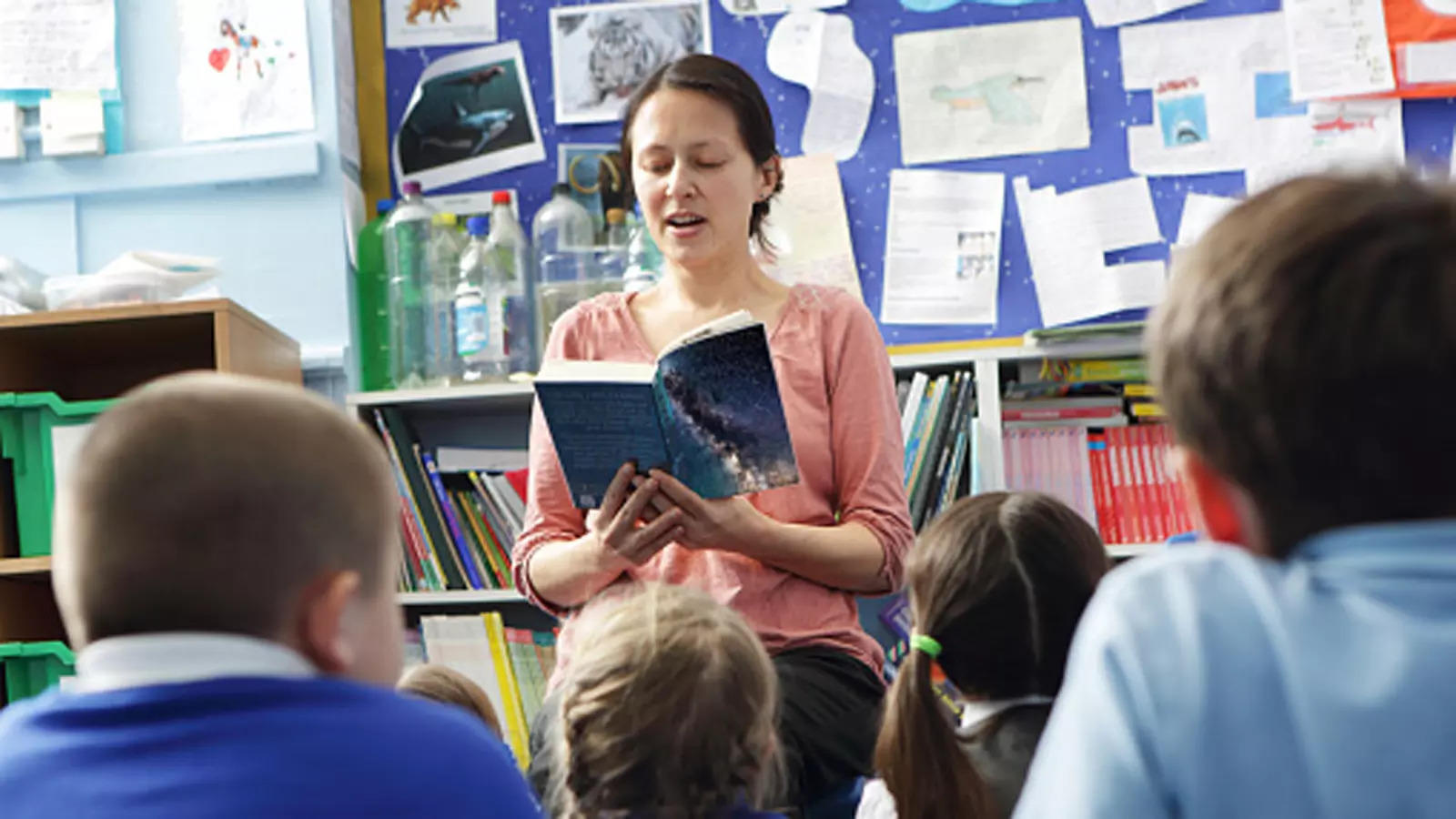The use of storytelling in primary schooling would benefit students to generate interest in studies
Schools in India are increasingly relying on storytelling as an engaging teaching process. In 2021, CBSE introduced storytelling as a pedagogical tool. Several state boards have included storytelling in classroom teaching to make the subjects more interesting and retain the attention of the students. The Municipal Corporation of Delhi (MCD) has recently introduced audiobooks in the schools to encourage story-based syllabi from classes II to V. The National Book Trust (NBT) also conducted workshops for MCD school teachers to emphasise the importance of storytelling in primary schooling, under which audiobooks based on short stories in Hindi from Panchatantra were included. Earlier this year, NCERT introduced ‘Jadui Pitara’ for students aged between three to eight years to bring in an element of joy in education. The inclusion of the provision of storytelling is in sync with the objectives of NEP 2020. In November last year, Odisha’s Gajapati district-initiated storytelling for students enrolled in residential schools run by the Scheduled Caste and Scheduled Tribes department. Also, in the Vijaynagar Zila Parishad school in the Satara district of Maharashtra storytelling was introduced into the mainstream subjects to sharpen the cognitive abilities among the students.
Joseph Emmanuel, director (Academics), CBSE, tells the Education Times, “Storytelling is an important form of art-integrated pedagogy that can be used by the teachers for an effective curriculum transaction. Storytelling in a classroom makes learning joyful for the students and is instrumental in plugging the learning gaps among students in primary and pre-primary classes. Through storytelling, students can be made to understand difficult academic subjects with real-life examples which will connect learning with life and strengthen their academic base for the higher classes.”
In sync with NEP 2020, storytelling connects the students with their roots, increases inclusivity and understand the regional history. It can prove to be crucial in increasing the conceptual understanding of the subjects. “Geometry can be taught by using certain toys and household utensils, which increases the understanding. Similarly, by narrating stories on math genius, academics and professors students get drawn to the subject. These stories are a narrative where the characters use their mathematical skills and knowledge to help them solve a problem. Mathematical stories can be in the form of picture books, chapter books, and graphic novels,” explains Emmanuel.
Vibha Singh, senior vice president, Municipal Corporation Teachers Association (MCTA), says, “The idea of introducing audiobooks in MCD schools is to assist the teachers present the subject better. Storytelling would be instrumental in making the classrooms vibrant to enhance the learning outcomes in the primary wing of government schools. Storytelling removes the monotony that often makes learning boring for students.
“Language subjects can be taught by narrating non-fictional stories. The introduction of audiobooks would ensure that students are told the stories related to their subjects through the means of videos that would be shown to them through projectors. These audiobooks would contain smart charts wherein the details about various topics would be given.”
Kumar Akhilesh, MCD mentor and coordinator, says, “The audiobooks have been introduced for the students of classes Nursery to V so that they get familiarised with the idea of storytelling. Students can participate in the storytelling sessions through a link generated at Edulife (a portal by the education department of MCD). These links are shared by teachers in the WhatsApp groups in each class. As the students click on the link, the audiobook starts to narrate a story on the given topic. The next day during the prayer session, the class teachers and the principal discuss the topic to get feedback from the students. The theme of storytelling focuses on a particular academic topic that is being taught to the students. For instance, in the past, storytelling topics included ‘honeybees’ and ‘elephants’ in Environmental Studies.”


